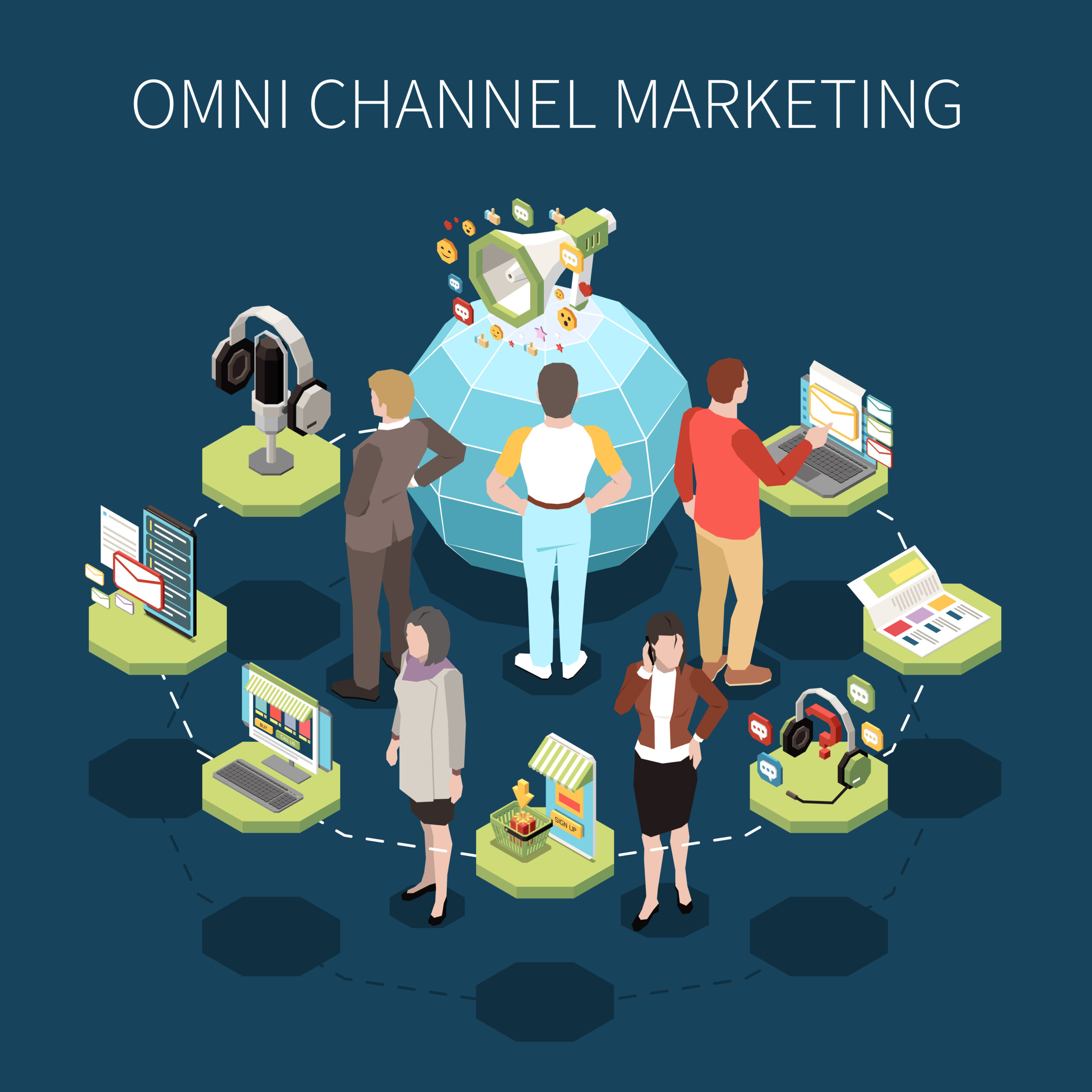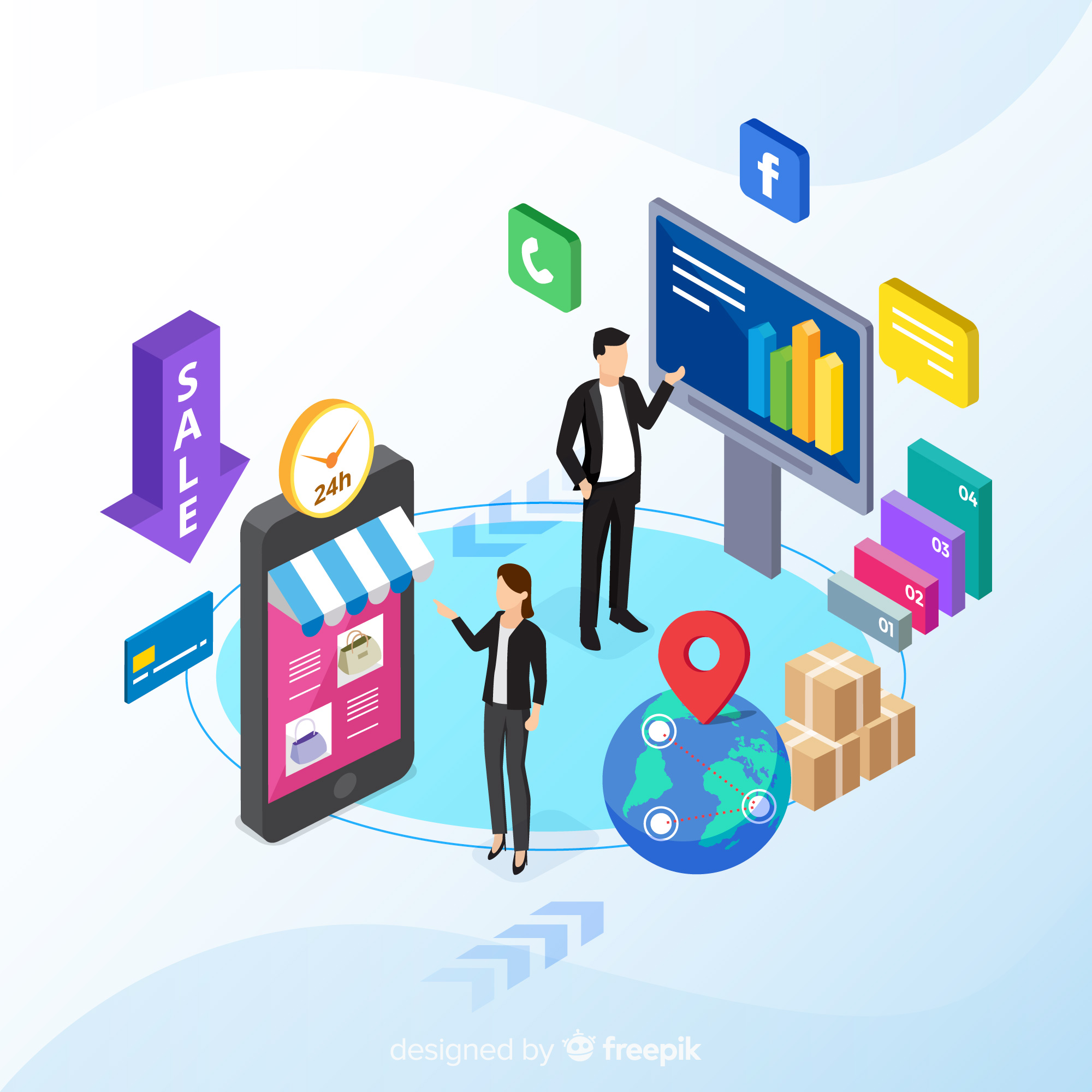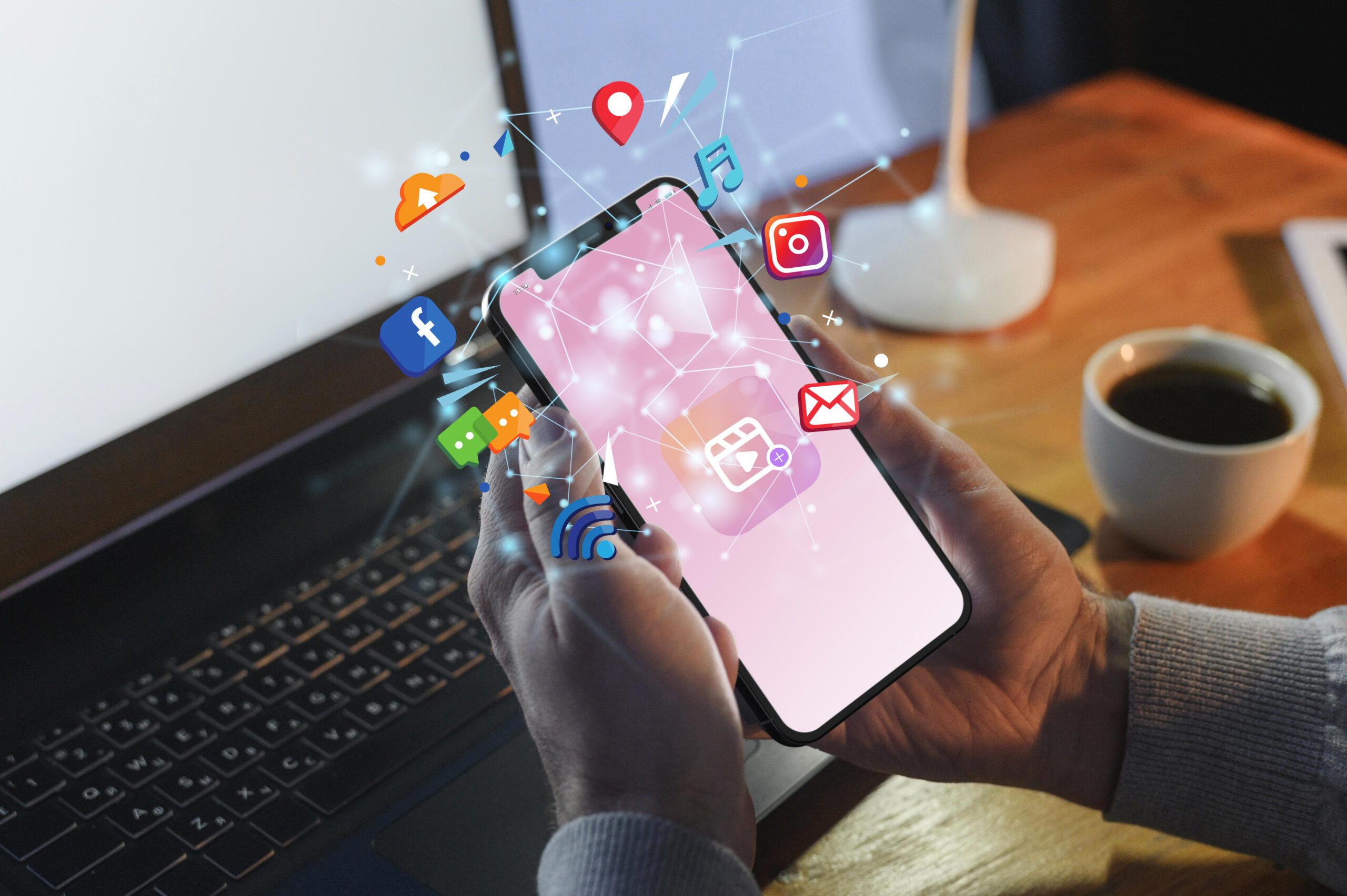Think about the last time you added an item to your cart on your phone during a break and later found it still there when you opened your laptop at home. Or when a customer service agent already knew what you needed because they could see your recent chat with the brand.
That’s the power of omnichannel marketing it has completely changed how businesses interact with customers.
If you’re still managing your social media, email, website, and store separately, you’re missing out on major opportunities. Let’s explore what omnichannel marketing is and why it matters in 2026.
What is Omnichannel Marketing?
Omnichannel marketing is about giving customers a smooth and connected experience across all the ways they interact with your brand. Whether they discover you on Instagram, visit your website, walk into your store, or contact customer service, the experience should feel consistent and personalized.
In simple terms, your customer shouldn’t have to start over each time they switch platforms. Their preferences, past purchases, and interactions should follow them everywhere, making their journey easier and more enjoyable.
Omnichannel vs Multichannel Marketing: What’s the Difference?
Many people confuse these two terms. While both use multiple channels, they work very differently:
Multichannel Marketing
Multichannel marketing is like running several separate stores. You’re on social media, have a website, maybe a physical shop, and send emails but each channel works independently. Your Instagram team might not know what your email team is doing, and customer information is stored in separate places. It’s better than having only one channel, but it’s not fully efficient.
Omnichannel Marketing
Omnichannel marketing connects everything. It’s customer-centric, not channel-centric. When someone browses products on your mobile app, abandons their cart, and later visits your store, your sales associate can see that cart and help them complete the purchase. All your channels share data and insights to create one unified experience.
The key difference: Multichannel is about being present everywhere, while omnichannel is about being connected everywhere.
Why Omnichannel Marketing Matters in 2026
The business landscape has changed dramatically. Today’s customers don’t think in channels they just want to interact with your brand in the most convenient way for them.
Consider this: the average customer uses 3-5 different channels before making a purchase. They might research on mobile, compare prices on desktop, read reviews on social media, and buy in-store. If these experiences feel disconnected, you risk losing their trust.
- Companies with strong omnichannel strategies retain about 89% of customers, compared to just 33% for those with weak strategies.
- Omnichannel marketing provides a complete view of your customer, enabling better personalization, smarter marketing spend, and campaigns that truly resonate.

The Benefits You Can’t Ignore
- Better Customer Experience: Customers feel understood and don’t have to repeat themselves.
- Increased Revenue: Omnichannel customers spend more and are more loyal.
- Improved Data and Insights: All customer data flows into one place, giving clear insights into behavior and trends.
- Higher Efficiency: Teams work smarter, not harder, with access to complete customer profiles.
- Competitive Advantage: A strong omnichannel strategy sets you apart from businesses still stuck in multichannel silos.
Building Your Omnichannel Marketing Strategy
Creating an effective strategy isn’t about using every possible channel. It’s about connecting the right channels in meaningful ways.
- Map Your Customer Journey: Identify how customers discover you, research, make purchases, and interact after buying.
- Invest in Technology: Use a Customer Data Platform (CDP) or CRM to unify data from all sources. Marketing automation, analytics, and integration tools are key.
- Maintain Content Consistency: Adapt messages to each channel without losing your brand voice.
- Focus on Personalization: Use data to show relevant products, send timely emails, and adjust messaging based on the customer’s journey.

Steps to Build Your Omnichannel Roadmap
- Audit Your Current State: Take inventory of all channels and how they’re connected.
- Define Customer Segments: Create detailed personas with preferences and typical journeys.
- Choose Your Technology Stack: Ensure your CRM, email platform, social media tools, and e-commerce system integrate seamlessly.
- Create a Unified Customer Database: Centralize all interactions, purchases, and preferences.
- Develop Channel-Specific Content: Adapt content to each platform while keeping your message consistent.
- Implement Tracking and Attribution: Track customer movement across channels and understand what drives results.
- Train Your Team: Ensure sales, marketing, and customer service understand omnichannel workflows.
- Test, Measure, Optimize: Launch in phases, gather data, and refine continuously. Omnichannel marketing evolves with your customers.
Omnichannel Marketing Trends for 2026
- AI-Powered Personalization: AI provides real-time personalization and predicts customer needs.
- Voice and Visual Search: Customers can search using voice or images and find products across your channels.
- Sustainability Messaging: Share consistent sustainability efforts across every touchpoint.
- Micro-Moments Marketing: Capture quick, intent-driven decisions on mobile devices.
- Privacy-First Personalization: Focus on first-party data and transparent data collection due to stricter privacy rules.

Summary
Omnichannel marketing is about making your customers’ experience smooth, connected, and enjoyable. Start small by linking two channels, like syncing email with website purchases or sharing info between social media and customer service.
Businesses that make customers feel remembered and valued win, even if they aren’t the biggest or spending the most on ads. Every improvement you make in connecting your channels gives you an edge, creating a seamless experience that keeps customers coming back.
At the end of the day, good marketing is simply about making it easy for people to do business with you, wherever and however they choose.

